How to Fix Touch ID Not Working Problem in MacBook?
Touch ID may fail to work on an Apple device due to incorrect device configurations or issues with the operating system. You can solve this by either reconfiguring the Touch ID settings or resetting your device to factory defaults.
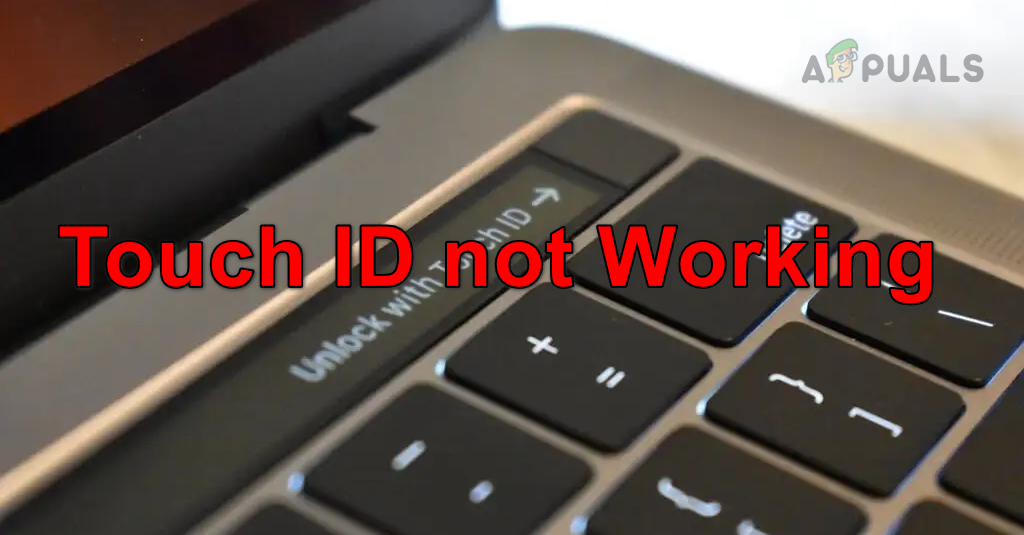
This problem can appear on any Apple device that supports Touch ID, regardless of whether you are waking up the device from sleep or using Touch ID for App Store purchases. The issue might occur on both the device’s built-in Touch ID sensor and a keyboard Touch ID sensor. You might also find that the Touch ID options in the device settings are grayed out.
1. Hard Restart your Mac
The Touch ID will stop working if the input modules of your Apple device are in an error state and fail to reinitialize. Hard or force restarting your Apple device will do the trick, as the modules are initiated with the default state.
- Close all the running applications on the Mac and press/hold Mac’s power button till the Mac restarts. It may take around 10 seconds.
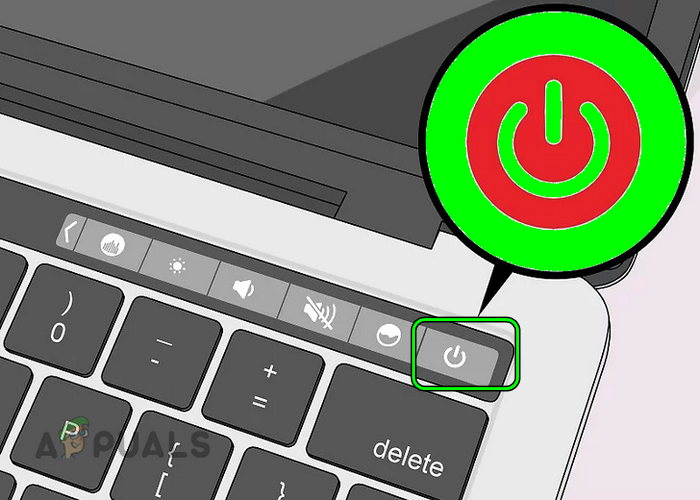
Force Restart a MacBook - Upon restart, navigate to Mac’s System Settings > Touch ID & Password > Add Fingerprint.
- Add a fingerprint to the Touch ID and check if the Touch ID is working correctly.
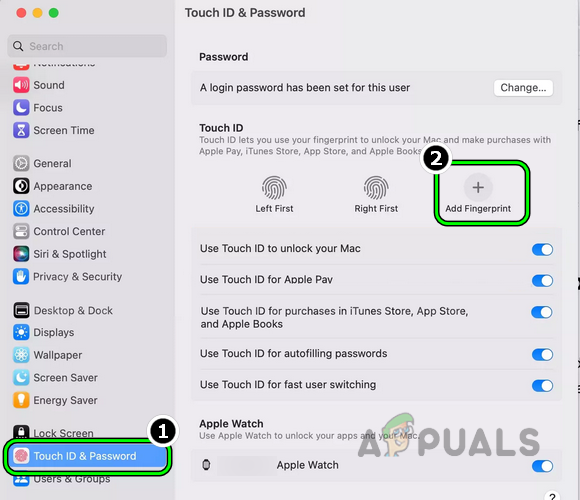
Add Fingerprint in the Touch ID & Password Settings of the Mac - If not, power off the Mac and remove its power cable from the outlet.
- Disconnect all the peripherals (such as a printer) from the Mac and wait for 5 minutes.
- Power on the Mac after connecting back the power cable and check if the Mac’s Touch ID is working normally.
2. Update OS to the Latest Build
An outdated operating system can lead to compatibility problems or bugs that affect Touch ID functionality. In this case, updating your Apple device to the latest version of its OS will resolve the issue.
To do so on a Mac:
- Navigate to Apple Menu > System Settings > General > Software Update.

Open Software Update in the Mac’s Settings - Update the OS of your Mac and once done, restart Mac. Check if the Touch ID is working properly.
3. Reset the ‘System Management Controller’ (SMC)
The System Management Controller (SMC) is a vital component found on Intel-based Macs. It’s responsible for managing key physical features of your Mac, such as status indicator lights, cooling fans, power supply, and overall system performance.
If Touch ID on your Mac isn’t functioning, it might be due to an error with the SMC. By resetting the SMC back to its default settings, you can likely resolve this issue and get Touch ID working again.
Note: SMC can only be reset on Intel-based Macs.
- Power off the Mac and hold the following keys (the Mac may power up during the process) for 7 seconds:
Control Option Shift
- Press/hold the power button as well while holding the above keys. The Mac may power off if powered on in the last step.

Reset the SMC of Mac to Defaults - Keep holding all four keys for another 7 seconds and then release all four buttons.
- Wait for another 30 seconds and power on the Mac. Check if its Touch ID is functioning properly.
4. Reset NVRAM or PRAM to Default
The NVRAM or PRAM on a MacBook is used to store essential settings such as display resolution, startup-disk selection, sound volume, time zone, etc. If these modules do not work as expected, they will cause problems, such as the touch ID issue.
Resetting the NVRAM or PRAM to their default settings can solve the Touch ID issue. Keep in mind that after doing this, you may need to adjust a few settings according to your preferences, such as Wi-Fi credentials, since these settings might be erased.
- Power off your Mac and press/hold the following four keys at once:
Option Command P R
- Wait for 20 seconds. Your Mac may restart in the process.

Reset PRAM or NVRAM - Release the keys and if required, power on the Mac. Check if the Touch ID problem is solved.
5. Turn Off the Activity Monitor
Touch ID might not function on your MacBook if the Activity Monitor is operating and conflicting with a critical module necessary for Touch ID to work. In such a scenario, force-quitting the Activity Monitor might resolve the issue.
For context, the Activity Monitor on a Mac is similar to the Task Manager on Windows. It typically runs in the background, monitoring system activity, even if you don’t see it among your open applications.
- Launch Activity Monitor from Mac Utilities.
- Expand the Activity Monitor menu and click on Quit Activity Monitor.

Quit Activity Monitor on the Mac - Check if the Touch ID is working fine on the Mac.
- If this does not work and you have an external monitor connected, disconnect the external monitor and force restart the Mac.
- Upon restart, check if the Touch ID issue is resolved.
6. Enable “Unlock Your Mac with the Touch ID”
If your Mac is not configured to unlock with Touch ID, you will not be able to unlock it using Touch ID. If you were previously able to unlock the Mac with Touch ID, an update to the Mac might have disabled this setting.
In this case, enabling the mentioned option will do the trick.
- Navigate to Mac’s System Settings > Touch ID & Password.
- Enable the option of Use Touch ID to Unlock Your Mac and check if the issue is resolved.
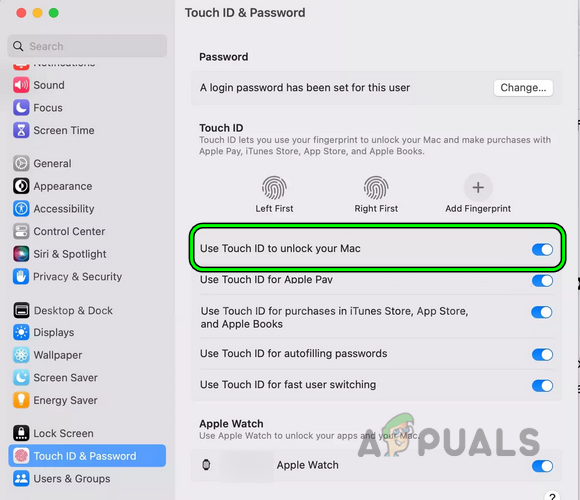
Enable Use Touch ID to Unlock Your Mac - If not and the ‘Unlock Your Mac’ option is already enabled, disable it and restart the Mac.
- Upon restart, enable the Unlock Your Mac option and check if the Touch ID is working properly to unlock the Mac.
7. Enable “Require Password Immediately”
The Touch ID will not work when waking a Mac from sleep if the option “Require Password Immediately” after sleep has been disabled. If this feature was enabled previously, an update might have disabled it. This can be fixed by enabling the mentioned option.
- Go to Mac’s System Settings > Security & Privacy.
- Now enable Require Password Immediately. If it is already enabled, uncheck it and then recheck it.

Require Password Immediately After Sleep or Screen Saver Begins - Close the System Settings window and put the Mac to sleep. Check if the Touch is working correctly to unlock the Mac.
8. Disable Touch ID for iTunes & App Store
If you find that Touch ID isn’t working, it might be due to its simultaneous enablement for iTunes and the App Store. This occurs because the App Store demands extra authentication for payment methods; if these are not functioning or have expired, it can lead to issues with Touch ID.
- Go to Settings > Touch ID & Passcode.
- Disable the iTunes & App Store option and restart your phone.
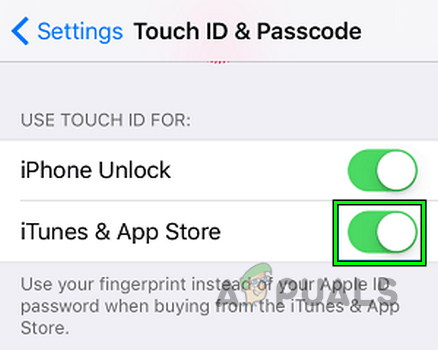
Disable Touch ID for iTunes & App Store - Upon restart, check if Touch ID is working correctly.
9. Disable Optimized Battery Charging of the Apple Device
Optimized Battery Charging is a feature designed to extend the battery life of Apple devices. It does this by charging the battery only up to 80% most of the time, and then fully charging the battery based on the user’s charging habits when necessary.
However, if there is a glitch in the Optimized Battery Charging function, it may not supply enough power to the hardware components of the Touch ID sensor. This could potentially cause Touch ID to stop working. To fix this issue, you can disable the Optimized Battery Charging feature. Here is how you do it on a MacBook:
- Go to the Mac System Settings > Battery.
- Click on the Show Details button and disable Optimized Battery Charging.

Disable Optimized Battery Charging on a MacBook - Put the Macbook on the charging and once the battery is charged to full, check if the Touch ID has started to work.
- If that does not work, leave the Macbook on charging for a night and check if that clears the problem.
10. Enable Fast User Switching by Using Touch ID(Mac Only)
Fast User Switching is a feature on Mac that allows you to swiftly switch between different user accounts. If you have multiple users on your Mac, and Touch ID is enabled for one user but not for the others, this could create a conflict when swapping between these accounts, leading to issues with Touch ID.
To rectify this problem, you can enable Fast User Switching to operate with Touch ID. This should allow smoother transitions between user accounts and restore the functioning of Touch ID.
- Go to Apple Menu > System Settings > Control Center > Fast User Switching.
- Enable Show in Menu Bar and then, enable Use Touch ID Sensor for Fast User Switch in the Touch ID Settings.

Use the Touch ID Sensor for Fast User Switching - Log out of the account and place a registered finger on the Touch ID sensor to check if the sensor has started to work properly.
11. Add Fingerprints again
If Touch ID isn’t working on your Apple device, it could be due to an issue with the fingerprint data stored in your device. In this case, removing the current fingerprints and adding them again can often solve the problem.
To do this, you must delete the existing fingerprints on your system. After you have done this, follow the prompts to add your fingerprints back. Remember to clean the Touch ID sensor and your fingers before re-adding your fingerprints to ensure the best possible scan.
- Go to System Settings > Touch ID & Password.
- Delete all the fingerprints in the Touch ID settings of the Mac and force restart the Mac.
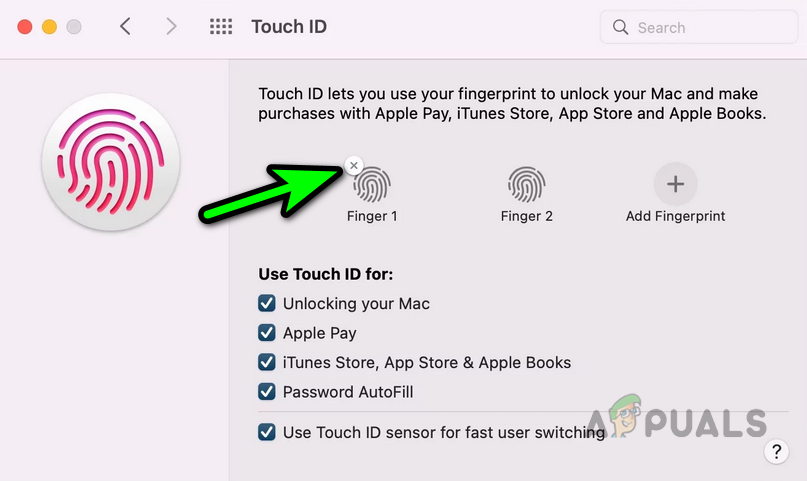
Delete Fingerprints in Mac’s Touch ID Settings - Add a new fingerprint in the Touch ID settings of the Mac and afterward, check if the Touch ID is working.
If this didn’t work, try disabling the following options and see if that works in your case. 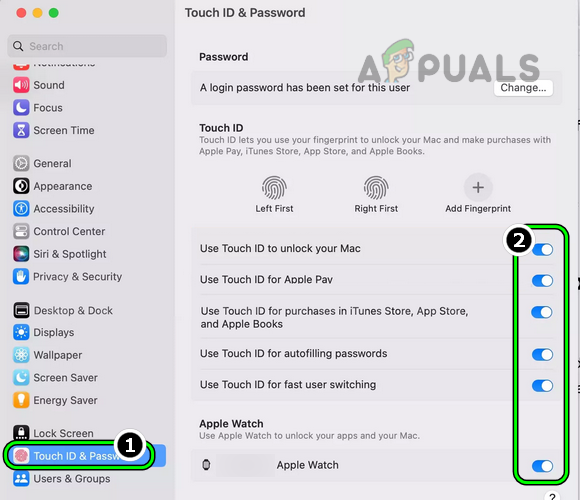
12. Delete Conflicting Applications
Certain apps on your Apple device can interfere with the operation of Touch ID, leading to issues with its functionality. To resolve this problem, you may need to remove any apps that conflict with Touch ID.
Notably, Little Snitch (a firewall-type application), Bitdefender Antivirus, Rosetta, and Mobile Device Management (MDM, typically used when an Apple device is administered by an organization) have been known to cause issues with Touch ID.
Here is how to delete an application on the Macbook.
- Launch Finder on the Mac and go to the Applications folder.
- Drag the Little Snitch icon to Trash and confirm to delete the app.
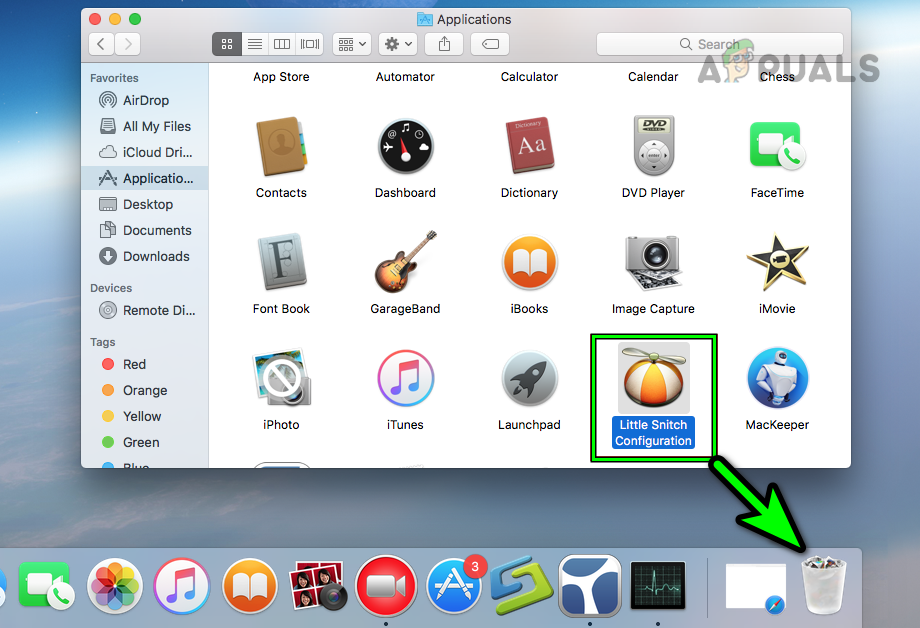
Uninstall Little Snitch on a Mac - Restart your Mac and check if the Touch ID is operating normally.
13. Create a New Administrator Account
If Touch ID isn’t functioning correctly, it could be due to invalid or improperly configured account settings in your user profile. This could prevent a critical system resource from loading, leading to issues.
A possible solution in this scenario is to create a new administrator account on your computer. By doing so, you are creating a fresh user profile with default settings, which may help resolve any issues and get Touch ID working properly again.
- Navigate to Mac’s System Preferences > Users & Groups.
- Click on the padlock icon and if asked to, enter the administrator account password.
- Click on the Plus sign and enter the new user account information as per your requirements.
- Once the new administrator account is created, log out of the current account and then log into the new administrator account.

Create a New Administrator User on a Mac - Set up the Touch ID on the new account but use different fingerprints than the ones registered in the old account and afterward, check if the Touch ID is working. You may need to enable the Fast User Switching option (discussed earlier).
14. Reset Apple Device to the Factory Defaults
If none of the above worked, then the roots of the problem are deep inside the touch ID modules of the OS which are failing to execute as required. To solve this, reset your Apple device to its factory defaults.
You can follow the instructions here in our article How to Reset and Fix a Macbook.
 Reviewed by
Reviewed by 




